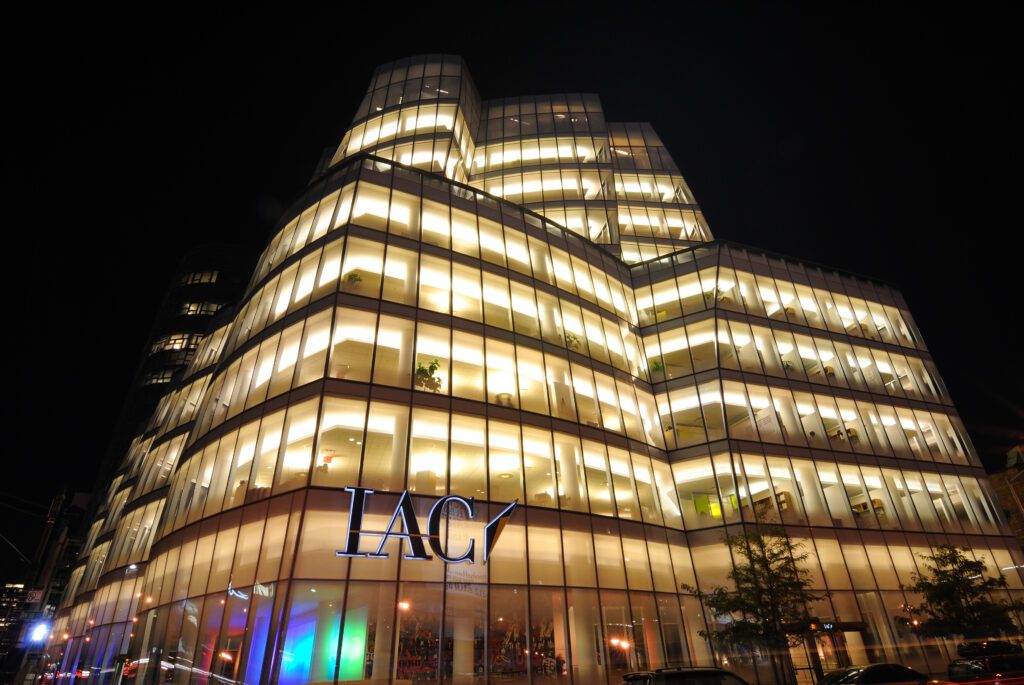Less is more for Dotdash Meredith, IAC’s fastest-growing business unit.
When Meredith’s Health.com site migrated to Dotdash’s digital platform last week, the impact was immediate. Although the site now hosts 30% fewer ads, its pages load five times faster, and the click-through rate on ads is up by 60%.
“While we took a quick hit to revenue, the increased ad yield brought us back to neutral within a week, the fastest recovery we’ve ever seen,” IAC CEO Joey Levin noted in a shareholder letter on Tuesday.
Levin also said the recent merger of Dotdash and Meredith will be IAC’s “biggest cashflow contributor for the next several years.”
IAC-owned Dotdash acquired Meredith at a $2.7 billion valuation in October to create a new entity dubbed Dotdash Meredith.
In Q1, its first full quarter as a combined unit, Dotdash Meredith pulled in $500.5 million in revenue, up from the $65.4 million Dotdash generated in Q1 2021 – an eye-popping 665% growth rate.
Digital revenue accounted for $216.2 million of that total, up 230% year-over-year from $65.4 million.
IAC attributes much of this revenue growth to the Meredith acquisition.
Growing pains
But the combination of Dotdash and Meredith into a single entity has had positive and negative impacts on IAC’s business.
In Q1 2022, IAC spent $26.5 million on restructuring and other items related to the merger with Meredith.
And although load times and clicks were up, rolling out Dotdash’s advertising playbook on the newly integrated Meredith portfolio of sites led to what IAC referred to as “reduced monetization.”
But, as Levin noted, this strategy should have a positive effect on both the end user and advertiser experience over time.
Selling to brands
Dotdash Meredith also remains focused on affiliate marketing. CEO Neil Vogel emphasized that the publisher is “exclusively focused” on striking more partnerships with brands and hopes to capitalize on the size of the audiences drawn to Meredith’s legacy sites.
The addition of Dotdash’s intent-based contextual advertising approach to Meredith’s content portfolio is a key part of Dotdash Meredith’s post-cookie strategy.
Vogel said he hopes the combined scale and performance of the Dotdash Meredith portfolio will be enough to sway big-ticket advertisers and agencies away from the major advertising platforms.
We shall see.















